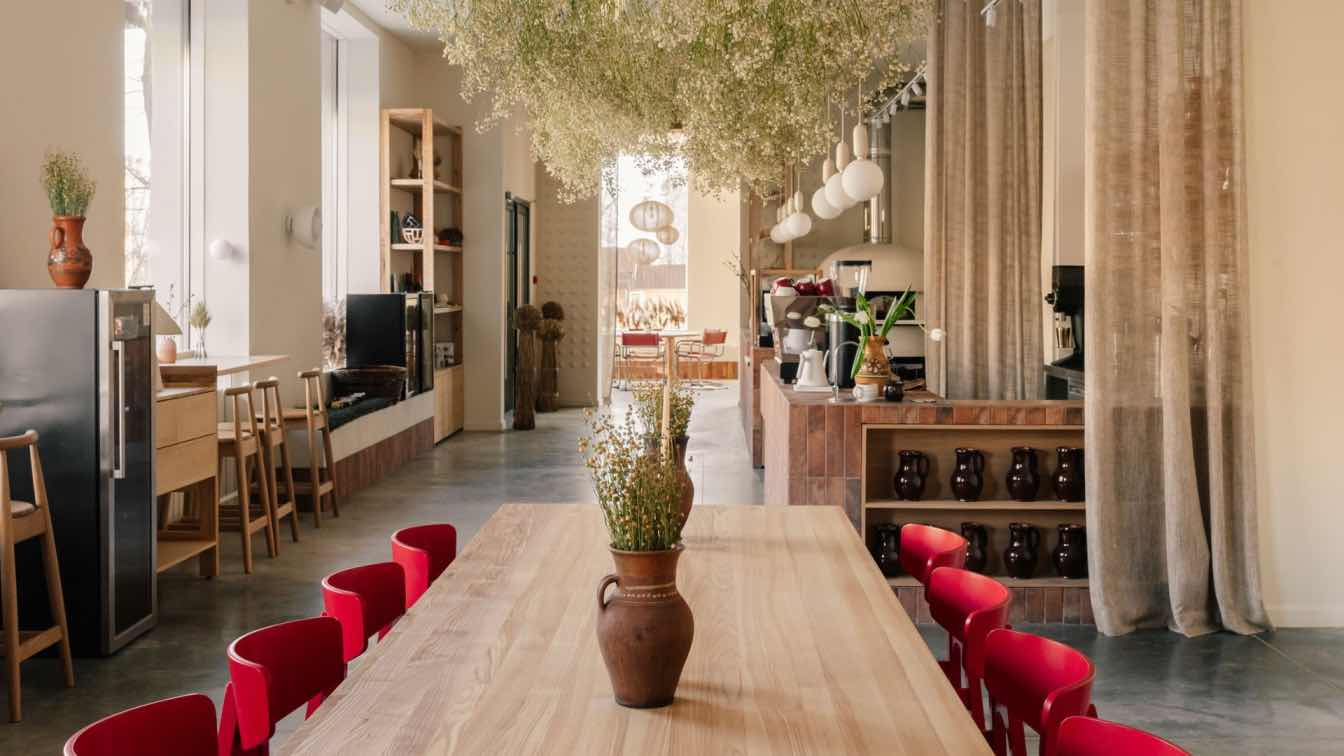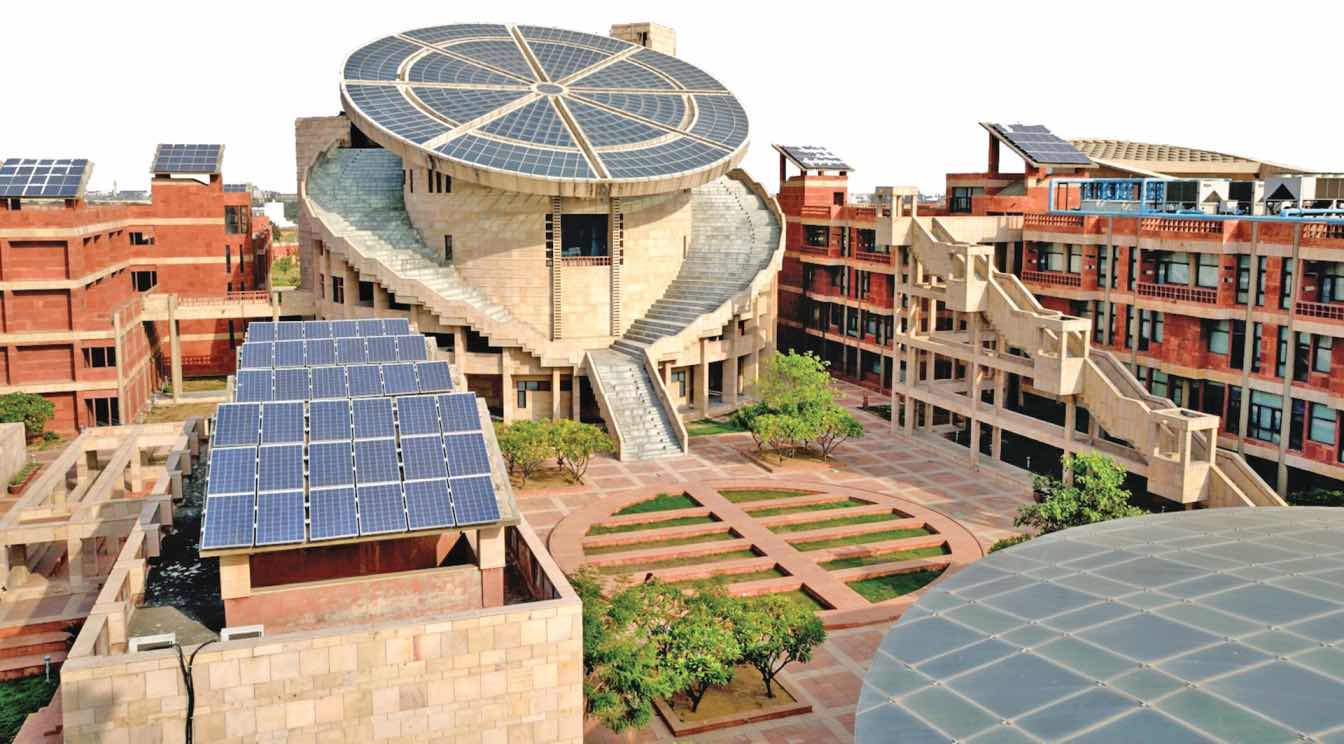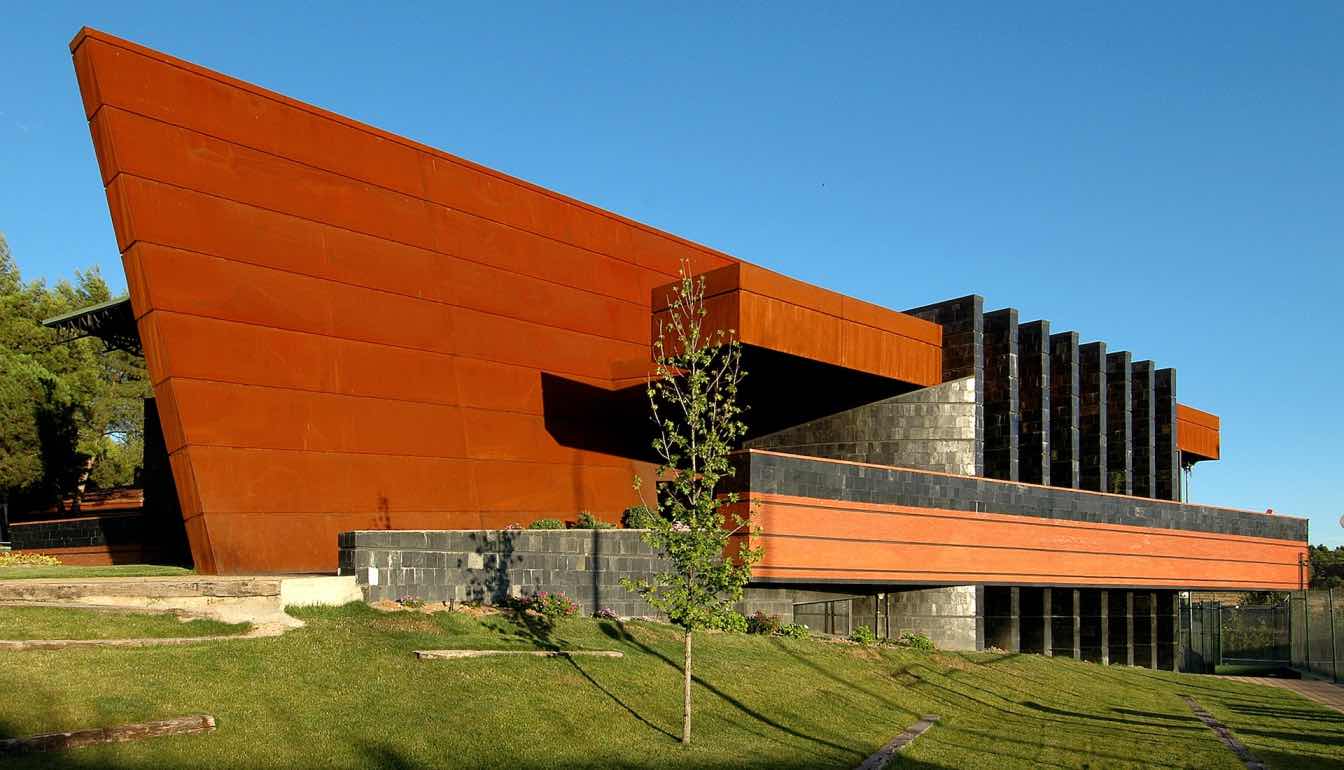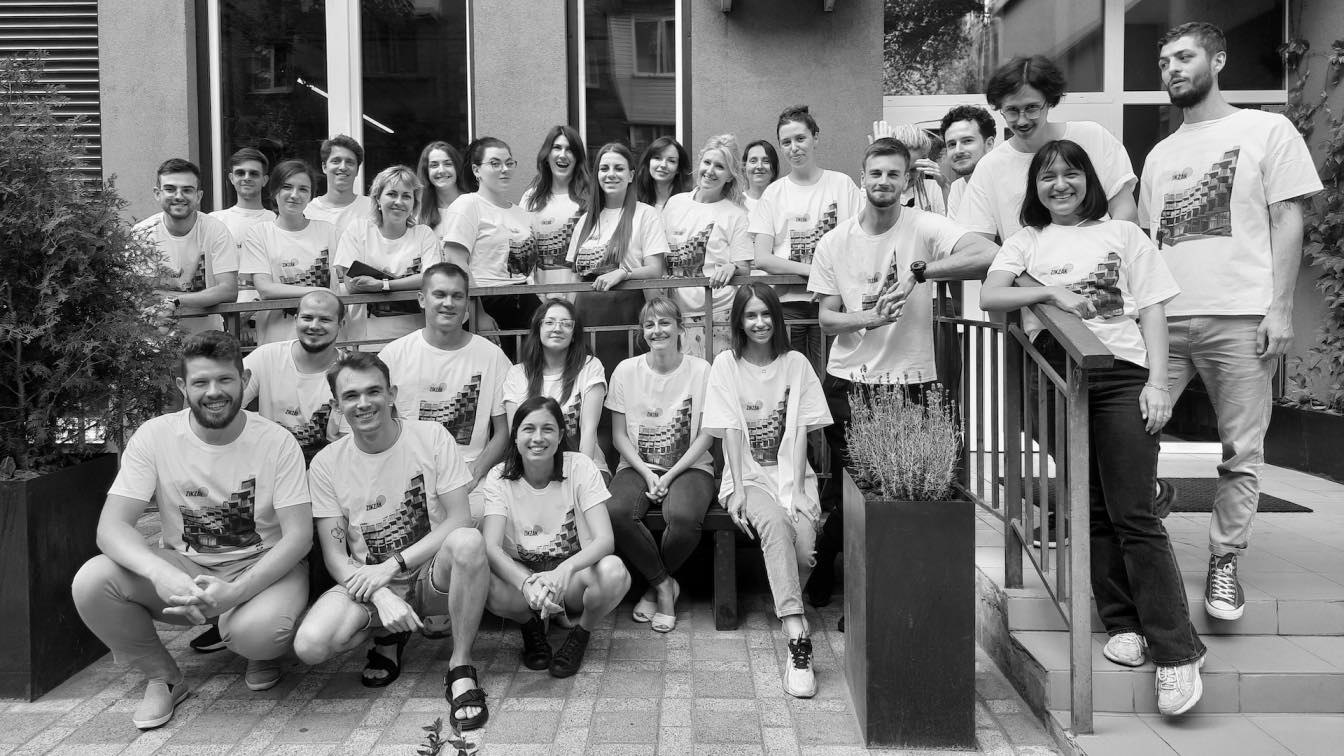At a time when global design seeks meaning in naturality, locality, and sustainable aesthetics, Ukrainian architectural values are gaining new relevance. We set out to view Ukrainian tradition not as something of the past, but as a tool for shaping the future — how Ukrainian craft and natural materials influence contemporary design thinking.
This article is based on an interview with Ukrainian architect and founder of IK-architects, Kateryna Yarova, who explores the theme of cultural identity in contemporary spaces.
From craft to conscious design
The full-scale invasion has become a catalyst for cultural self-identification among Ukrainians. In this context, designers and architects are turning to traditional techniques and materials not merely for decorative purposes, but as a way to rediscover meaning and wholeness in space.
The mazanka (clay house), clay, reed, hemp, and wood are more than just functional materials — they carry the code of place, the history of manual labor, and a connection to nature. These choices offer an alternative to contemporary designers: rough clay textures instead of smooth plastic panels, hand-pressed ceramic patterns instead of factory prints. This approach shapes a new aesthetic — one that values imperfection, tactility, and essence.
Integrating tradition without cliché: preserving meaning while creating the contemporary
Today, the integration of Ukrainian traditions into contemporary architecture and design is more than a trend — it is a response to society’s demand for depth, authenticity, and a sense of belonging. The main challenge, however, lies in avoiding folkloristic clichés and not reducing a rich cultural heritage to superficial symbols.
Beyond the significant wartime experience that Ukrainian architects can share with the global community, their nuanced approaches to embedding cultural and traditional elements into everyday design are equally worth attention.
The designer’s task today is to translate tradition into the language of the present — to make it resonate within a space: in the texture of the walls, the natural qualities of materials, and the psychological comfort they create. Like a good translation, it must not be literal, but faithful in spirit.
Identity ≠ Folklore cliché
Preserving identity does not mean literally copying decorative elements. On the contrary, a superficial interpretation of tradition lacks depth. When a designer takes a shallow approach, the risk is clear: clichés dilute meaning, and the space loses its sincerity. In the worst case, it may appear inauthentic — even disrespectful to cultural memory instead of honoring it.
True innovation lies in the ability to transform essence — to give old forms new life through modern methods, preserving meaning rather than mere appearance.
«When an architect has a deep understanding of history, they are able to create unique spaces that don’t mimic foreign styles but emerge from the Ukrainian context. For example, the café ‘Snidanishna’ in Kharkiv shows how traditional materials like mazanka (clay plaster) and reed can be reinterpreted and integrated without overt ethnic motifs — yet still evoke a strong sense of local authenticity,» says Kateryna, architect and founder of the architecture studio IK-architects.
How can Ukrainian architectural values enrich the global architectural discourse?
Ukrainian architectural tradition has much to offer the world. It’s not about imitation — it’s about reinterpretation, creating spaces rooted in history. This is Ukraine’s contribution to the global architectural discourse: to be a source of inspiration, lived experience, and balance between past and future.
«There is beauty in imperfection… rough walls, texture, layers — this is exactly what the world is craving right now,» says Kateryna, architect and founder of IK-architects.
Clay, hemp, wood, ceramics, reed — these are all local, renewable, and environmentally friendly materials with great potential for global application. Traditional thatched roofs, used in Ukraine for centuries, can become both visual and functional assets in modern construction. They are aesthetically appealing and provide excellent thermal insulation.
«Ukraine is rich in natural resources — mazanka, reed, ceramics — all of it can be used in interiors. This is sustainable design in its most classic form,» Kateryna explains.
In a world increasingly shaped by standardization, handcrafted and unique elements are gaining value. Ukrainian artisanal products — from ceramics to textiles — have the potential to hold a special place in international object design.
«Crafted objects absolutely bring uniqueness to a space. Clay, wooden elements, embroidered items — all of these can be adapted for modern interiors,» Kateryna adds.
Carrying your own means creating anew
Ukrainian design and architecture are no longer on the periphery — today, they resonate loudly at international competitions, receive recognition, and become part of the global professional conversation. Yet just as important is the internal transformation: as a community, we’ve begun to truly understand our culture, to move beyond surface-level folklore and work with substance rather than mere form.
«My message to the global community is this: Ukrainian architecture can be contemporary, profound, and unique — if we carry it with dignity and explore our roots without fear or simplification. Because it’s in deep exploration that design is born — design that never repeats, that varies from region to region, and reveals new meaning each time. This is not a path of imitation, but of true creation,» says Kateryna Yarova, architect and founder of IK-architects.





